Huawei's First Supercar on the Horizon? IntelliAuto's Sleek Two-Door Sports Car Signals the Dawn of Domestic Supercars
![]() 07/02 2025
07/02 2025
![]() 829
829
China's electric vehicle industry is collectively charging into the realm of supercars.
Will supercars become the next game-changer for domestic automakers?
According to a Weibo post by @SugarDesign, the IntelliAuto brand is planning to unveil a two-door, four-seat pure electric coupe, currently in the phase of user demand research. This project has made an appearance in Chery Group's 2025 new vehicle research document, explicitly including "two-door, four-seat sports car user demand" in its product planning.
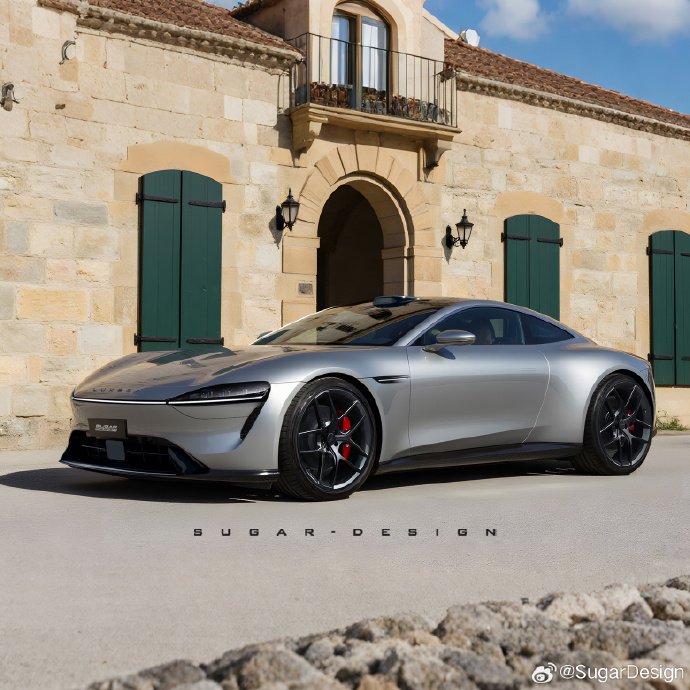 Source: Weibo @SugarDesign
Source: Weibo @SugarDesign
Coincidentally, a set of road test spy photos of a BYD two-door sports car has recently leaked online. It is rumored that this vehicle will fall under the Denza brand and is expected to launch both a hardtop and a convertible version. It may succeed the existing Denza D, N, and Z series, initiating a new product sequence code.
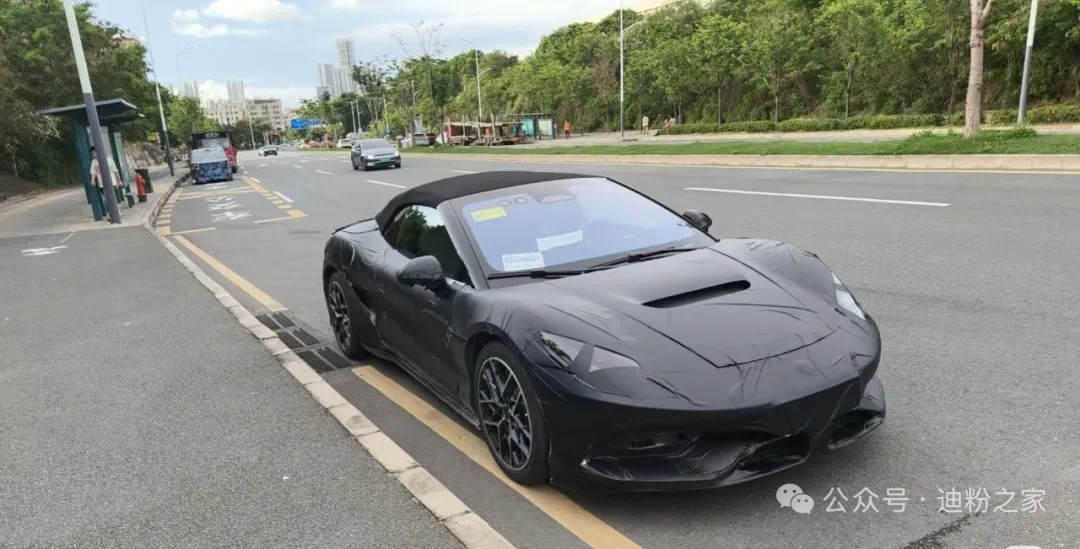 Source: DiFenZhiJia
Source: DiFenZhiJia
Even Great Wall Motors, deeply entrenched in the SUV market, has revealed its supercar project. During a live stream earlier this year, Wei Jianjun was asked about his plans for sports cars. He responded, "Of course, authentic ones. Wait and see." He was then interrupted by his assistant on the grounds of "revealing too much information."
Various signs indicate that domestic electric vehicles are attacking the final stronghold of fuel vehicles – supercars.
Building electric supercars is harder than one might imagine.
The globally renowned automotive review program Top Gear once believed that whether people accept it or not, the wave of electrification has inevitably swept through the supercar sector. In the coming years, any brand that clings to pure internal combustion engine power may struggle to survive on its own.
Traditional supercar brands, as the pinnacle of the fuel vehicle ecosystem, have always maintained a sense of "ease and contentment" through their noble brand image, profound manufacturing heritage, and prices often in the millions. Although they are not high-volume products, they have never lacked followers, and their iteration pace is often leisurely, as if they are "irreplaceable".
However, the reality is that many supercar companies have already changed hands due to operational pressures.
Faced with the transition to electrification, supercar brands have embarked on various attempts. The Ferrari SF90 XX Stradale combines a ferocious 4.0-liter V8 engine with a three-motor hybrid system, making it the fastest production sports car currently available. The Acura NSX, hailed as a national treasure of Japan, also uses a mid-mounted VTEC V6 engine paired with a dual-motor hybrid system (SH-AWD). The NSX is not only a technological benchmark in itself, but the hybrid concept it embodies also heralds the direction of Acura's future new vehicles – cutting-edge supercar technology will eventually trickle down to mainstream models.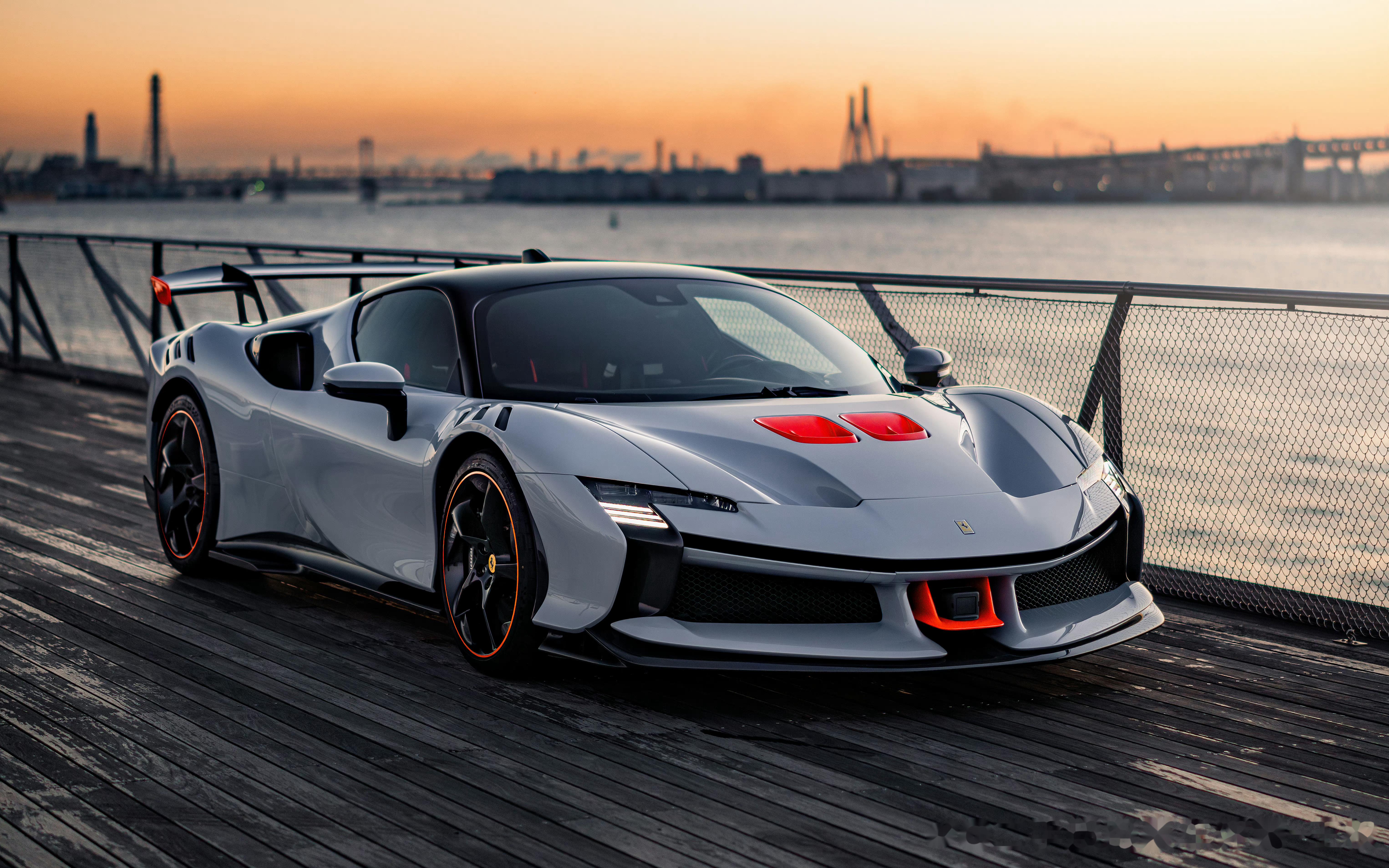
Source: Ferrari
On the pure electric route, Lamborghini's pace is relatively cautious. Although its pure electric concept cars Mission X and Lanzador have been unveiled, the production versions will still need to wait three to five years. The new energy market is rapidly changing, and this three- to five-year window period is sufficient to reshape the landscape. Whether Lamborghini and Ferrari can maintain their "lofty" status by then remains uncertain.
Supercars have always been the vanguard and pinnacle of automotive technology. Their electrification transformation means that the standards for core technologies such as aerodynamics and powertrains are being pushed to new heights. The advanced nature and maturity of electric technology will be subjected to the ultimate test under the extreme conditions faced by supercars.
Therefore, the technological threshold for pure electric supercars is much higher than that for conventional new energy vehicles or even conventional fuel sports cars. It requires the support of a top-tier electric system: not only a powertrain system capable of outputting huge horsepower as the foundation but also a high-performance power battery that can match the demand for ultra-high-power discharge. High costs, long cycles, huge investments, and a high degree of dependence on mature industrial chains are its inevitable characteristics. Without such a high-performance electric platform, it is impossible to reach the technical specifications of fuel supercars, and pure electric supercars are naturally out of the question.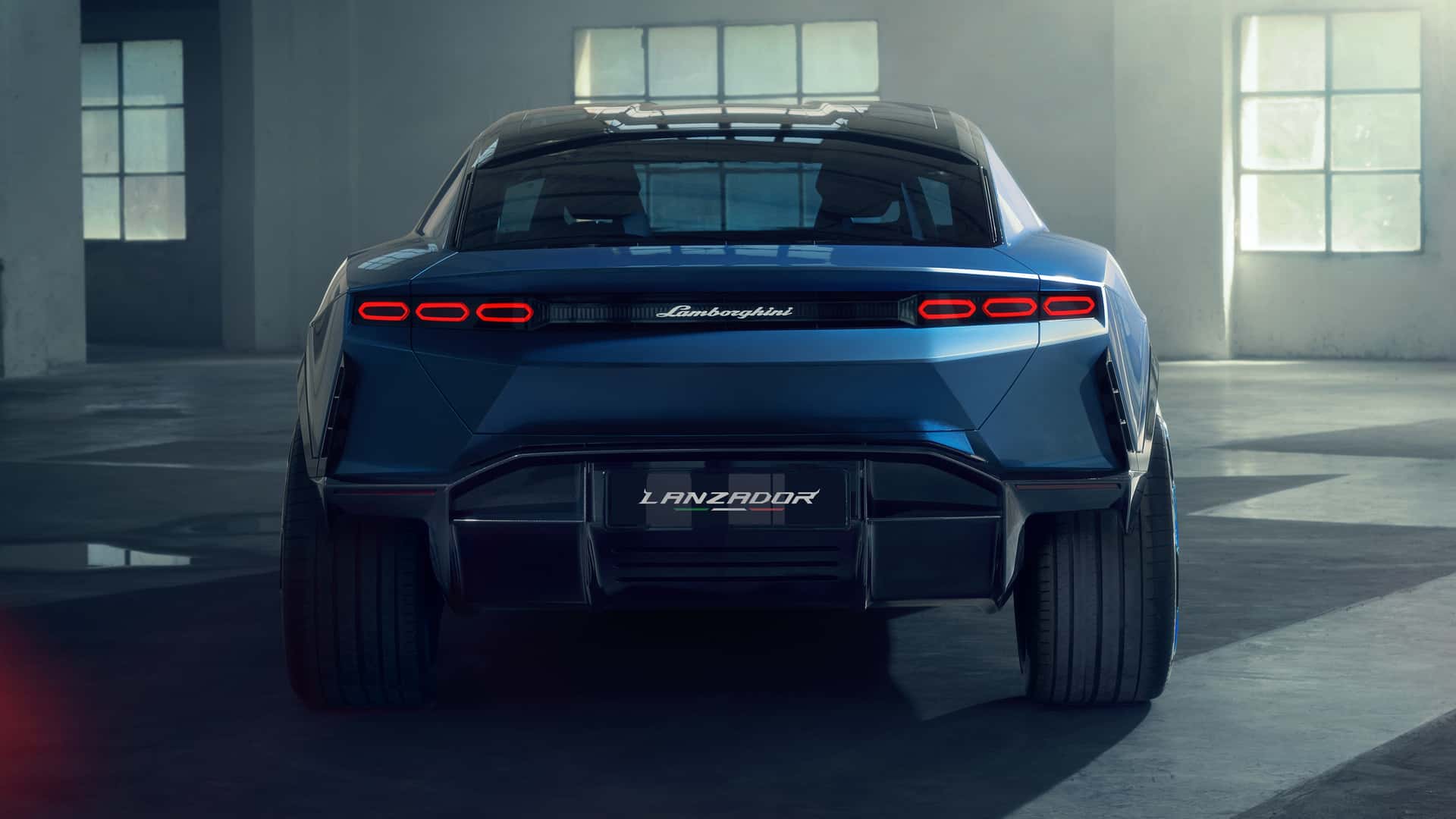
Source: Lamborghini
In the long run, new energy supercars are not just a product but an ultimate declaration of a brand's technological strength.
This profound electrification transformation is forcing traditional powerhouses in the supercar sector to accelerate self-innovation. A crucial change that is vastly different from the past is that China, with its deep accumulation in electric technology, supply chain integration, and intelligence, is no longer just an observer but a crucial participant deeply integrated into this top-level technological competition.
BYD and others have always harbored dreams of supercars.
The dream of sports cars for Chinese automakers has been fraught with difficulties all along.
As early as 2001, Geely's Meirenbao debuted under the aura of "China's first sports car" but ultimately became a laughingstock. With outdated technology and mediocre design, it was almost useless except for its intimidating appearance. Most attempts by other domestic brands also ended hastily, like shooting stars that fleetingly disappeared.
In 2006, BYD launched its first hardtop convertible sports car, the S8, which featured an electronically controlled two-stage folding hardtop that could open and close in just 25 seconds. In 2009, this domestic sports car with dimensions of 4490/2020/1405mm was stunning for a time but failed to open up the market.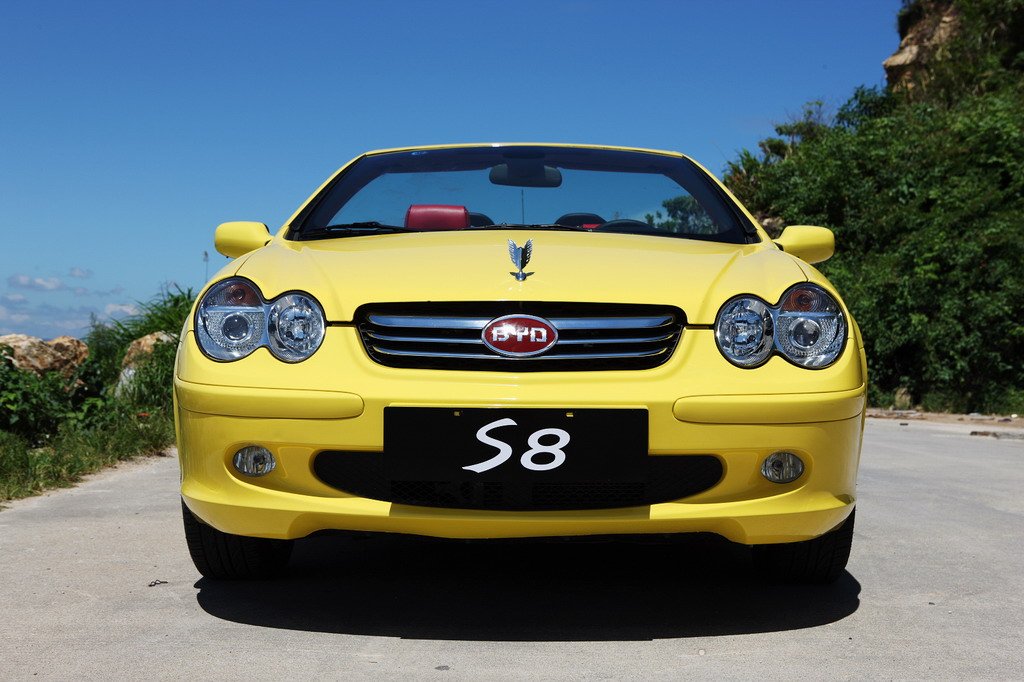
If the top two players in the Chinese automotive market are like this, there is no need to mention other automakers. Ultimately, technology is a hurdle that cannot be bypassed. Technological failures led to a lack of confidence, and for a period of time, Chinese supercars almost disappeared.
In 2008, Tesla released its first car, the Roadster, a two-door electric sports car. A group of new Chinese automakers gained inspiration from this, and domestic sports cars such as the FFZero1 and Qiantu K50 made their debut. At this stage, new brands produced sports cars to tell stories and increase exposure, mostly linked to dreams and remaining only at the concept car stage.
But with the advent of electrification, it did indeed allow Chinese supercars to finally grasp the reins of dawn.
In 2024, BYD returned to the sports car market with the Yangwang U9, with a starting price of 1.68 million yuan showcasing its technological strength, and the Yisifang technology became popular overseas. Shortly after, Xiaomi's new sports car, the SU7 Ultra, is expected to have a starting price of just over 500,000 yuan, setting a new record as the fastest mass-produced electric vehicle at the Nürburgring with a time of 7 minutes, 4 seconds, and 957 milliseconds, reaching its peak right out of the gate. Yangwang and Xiaomi complemented each other, with one setting a technological benchmark through high-end products and the other making performance dreams accessible through low prices, reigniting the dream of supercars for Chinese automakers.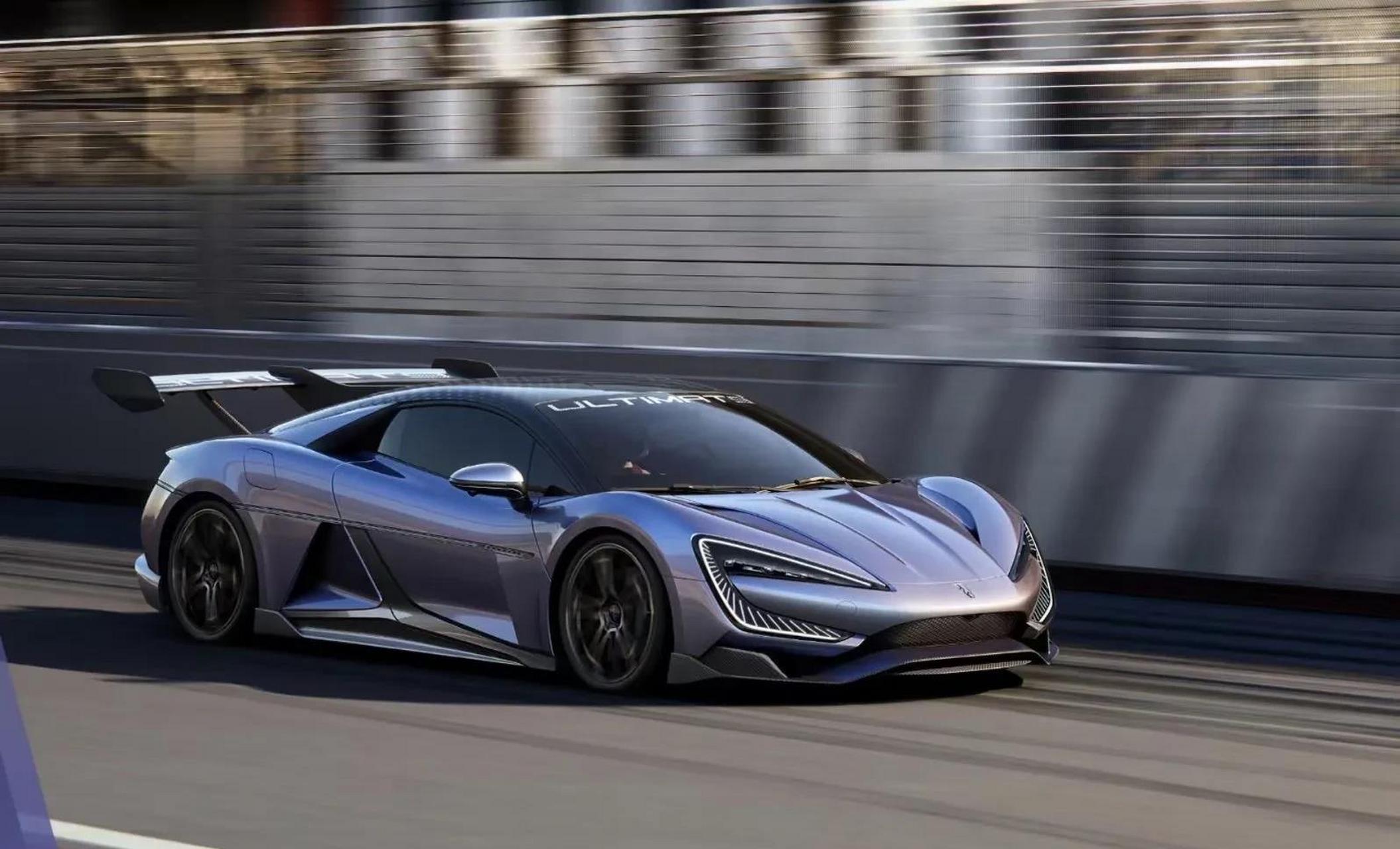
Source: Yangwang
Especially the potential for Xiaomi's SU7 Ultra to exceed 10,000 orders in just 10 minutes has made many automakers see the possibility of domestic sports cars, putting sports car plans into new folders.
It is undeniable that a price around 500,000 yuan is the comfort zone for domestic supercars. For wealthy individuals, spending 500,000 yuan on a toy and social currency is indeed not expensive, and for ordinary people, 500,000 yuan is also within reach if they bite the bullet. The upcoming supercars should not exceed this price point.
The pricing of IntelliAuto's sports car is still unknown, but considering the brand positioning of IntelliAuto, the price cannot be too high. The Denza sports car can basically be determined to be around 500,000 yuan. The basis for this is that at the Shanghai Auto Show in April, Denza exhibited a concept sports car. At that time, I interviewed the staff on site and estimated a price of around 500,000 yuan. The staff's reply was: "That's quite a high estimate." This indicates that in the minds of insiders, the Denza sports car is an affordable sports car and may even be priced below 500,000 yuan.
Why have supercars become the focus of new automotive forces?
Whenever domestic brands mention supercars, they inevitably talk about "responsibility".
When announcing the Neta GT, Zhang Yong, then CEO of Neta Auto, said, "I believe this is the last area where Chinese automakers will launch an offensive, and we hope to bring down the price of sports cars through our efforts."
Similarly, Lei Jun expressed a similar sentiment at the Xiaomi Auto launch event: "(Xiaomi Auto) is designed for those who always stay at the forefront of the times, and even more so for those who rush around for daily necessities but have the stars and the sea in their hearts."
The same low prices, similar sentiments. Let's set aside these grand visions for now and return to business logic: Why have supercars, which require high investment, high risk, low sales, and low output, become the new favorite of new energy automakers?

Source: Xiaomi Auto
Supercars have always been a symbol of the pinnacle of automotive technology. Building an electric supercar with ultimate performance, leading technology, and a high degree of intelligence is the ultimate test and concentrated presentation of the comprehensive technological strength of new energy automakers.
It is not only the flagship of a single model but also the pinnacle of the entire enterprise's technology pyramid. In the process of pouring top resources into design, research and development, manufacturing, and testing, overcoming difficulties in core systems from aerodynamics to high-efficiency power units, and accumulating massive data and valuable experience will directly benefit the research and development and production of household models, driving technological upgrades across the entire product line.
BYD has stripped down the core technologies of Yangwang's Yisifang and Cloud Ride A into Yisanfang and Cloud Ride A, B, and C for mass-produced models, directly widening the gap with other competitors. Moreover, with the endorsement of a million-yuan supercar, ordinary users can understand the power of these technologies even if they have not experienced them firsthand.
Even if it cannot benefit the brand, from a branding perspective, supercars are still unmatched brand amplifiers, with symbolic significance far exceeding ordinary household vehicles.
As the pinnacle of an automaker's craftsmanship and technology, a successful supercar is a shining "technological business card" that can strongly attract the attention of the market and consumers. Every shocking launch or track record refreshment, with those dazzling data becoming the focus of media attention and triggering widespread reporting.
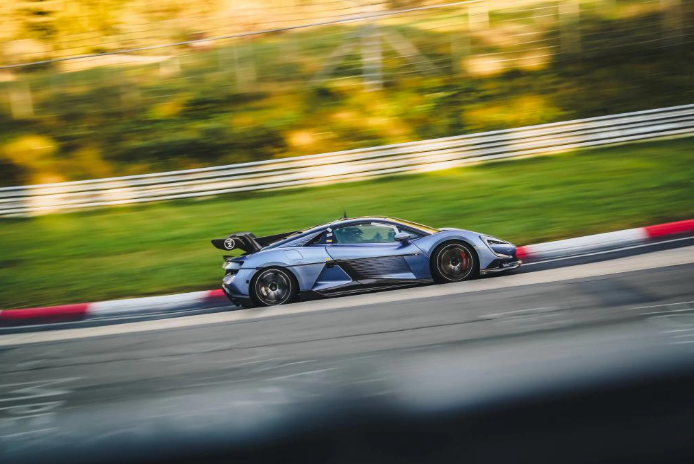
Source: BYD Yangwang
This high level of exposure naturally benefits other models under the brand. For example, the launch of Xiaomi's SU7 Ultra successfully drove foot traffic to Xiaomi stores. Official data shows that after the launch of Xiaomi's SU7 Ultra, the average increase in all stores was 80% to 100%, and even orders for the regular version of the SU7 also increased by 10% month-on-month.
Of course, automakers need supercars to endorse them, and today's new energy market also needs a supercar to break through the homogenization dilemma.
In the current new energy market, especially in the mainstream household vehicle sector, the phenomenon of design convergence and similar configurations is becoming increasingly severe. Among the hundreds of new vehicles launched year after year, household SUVs dominate the market.
This is not to deny the value of SUVs, but it is like children cultivated through exam-oriented education. Nowadays, cars all look the same. Quality-oriented education is more conducive to encouraging innovation. The most interesting and attractive aspects of cars have always been the personal attributes beyond their basic function as a means of transportation, whether it is the ability to race on tracks, go off-roading, or even just a cool appearance, which are all important reasons for people to own them.
As the new energy competition enters a stock stage, the market urgently needs benchmark products that bring more freshness and stimulate consumer enthusiasm. Supercars are precisely such a strong injection to break the monotony, showcase individuality, and lead brands upward. In the new energy era, Chinese brands have the ability to define the "speed and passion" of the new energy era on the highest competitive stage of the global automotive industry and ultimately break through the last barrier that once seemed unattainable.
Source: LeiTech







